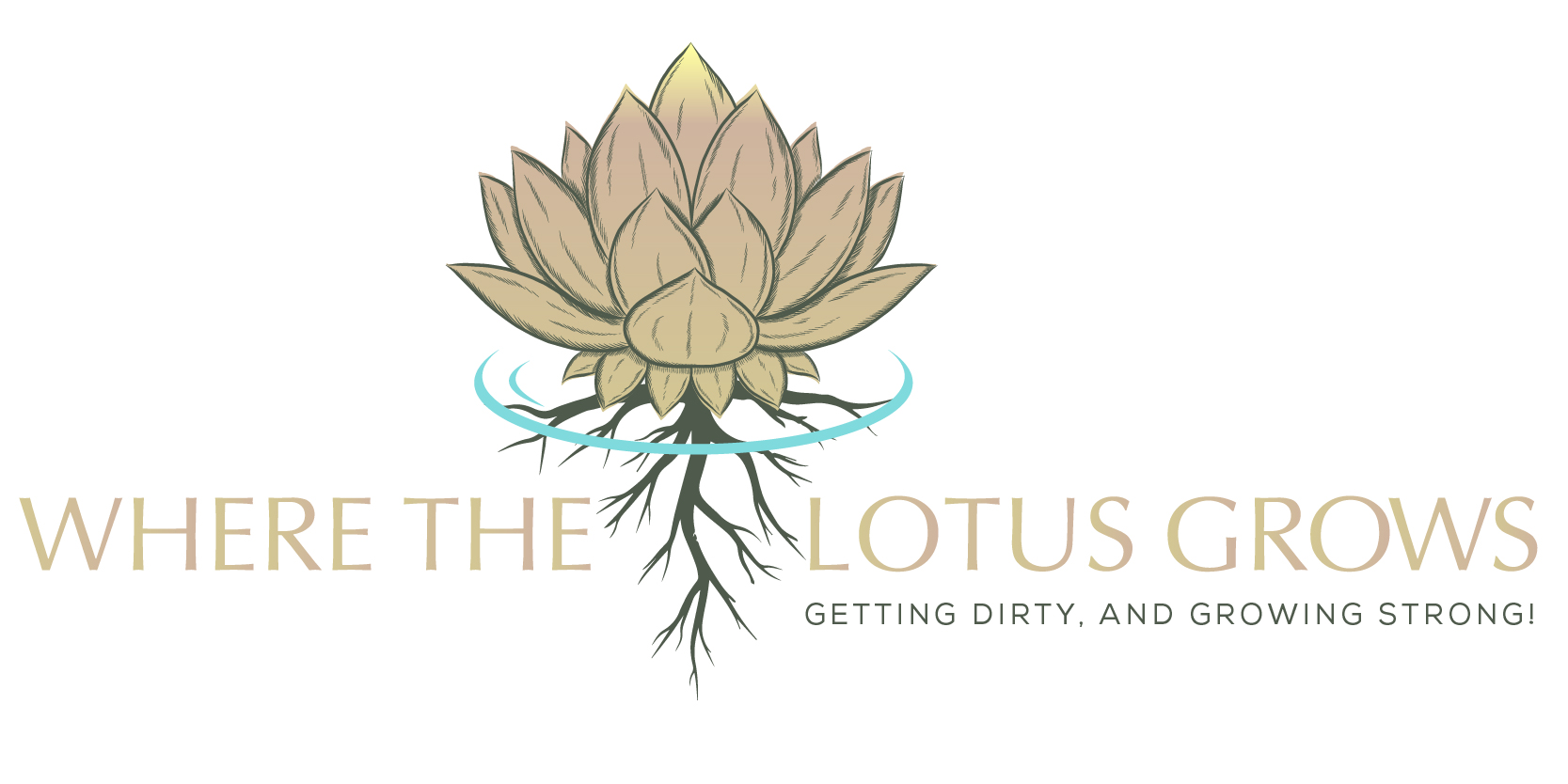Episode 25: Musculoskeletal Part 6: Neck/Upper Back
How is your neck feeling right now?
Are you plagued by neck pains that you would like to alleviate?
Would you like to discover their root?
A quick google search shows that the masses are suffering from neck pain, neck strain, neck and upper back, neck alignment, neck pain and headache. Neck pain is a common grievance. Aside from local pain, it can be responsible for nausea, migraine, and headaches. Most neck pain can be alleviated with the help of learning improved posture, improved flexibility and become aware of relevant psychological factors. Fear, mental inflexibility, stubbornness, anger and discontent reside in the neck.
The cervical spine receives the posture of the spinal segments below. The neck contains important nerves and arterial structures. For example, there are 7 cervical vertebrae and 8 cervical nerves. The vertebrae are smallest out of all the spine and this leaves it vulnerable to injury because there is so much mobility. The muscle groups often involved in neck and upper back pain also include the sternocleidomastoid (SCM), the scalene, levator scapulae, and the upper trapezius muscles. The stress on these muscles is often caused by poor posture and daily activities that involve rounding the shoulders forward such as driving a desk, being on our phone, doing dishes, etc. and many professions involve working only from the front body often stooped or bent forward.
For every inch that the head is held forward out of alignment it adds an additional 10 lbs to its weight which compresses the discs even more. The biomedical aspects of this area are important. Whoever holds their 11 pound head too far forward has condemned their neck muscles to a labor camp. As long as the neck muscles are tense, the weight of the head cannot be appropriately transferred to the spine. When neck muscles become relaxed, a spontaneous feeling of uprightness arises in the thoracic spine.
The neck starts in the back and problems have their origin in the upper cervical spine because the lordosis/forward curve of the neck depends on the situation in the thoracic spine below and because many muscles extend from the upper back to the neck. When you look at the base of the skull from below you can see four large joint surfaces. On the edge of the hole in the skull can be found 2 condyles of the skull base which sit exactly into the hallows of the top vertebra, the atlas, and they make nodding movements possible. You can think of the condyles of the skull base like the sitting tuberosities of the head. The two other joints are the mandibular joint sockets; they are hollows in which the condyles of the jaw fit into. These four joints are crucial to your head posture and the state of your neck.
The neck is a two way communicator, both physically and emotionally. Life-sustaining food, water and air are taken in and swallowed as is input from other people and the world. At the same time, emotions, feelings, and thoughts are expressed outwardly through the voice and lips. In this way, the neck forms a bridge between thoughts and feelings, between the mind and the heart, as well as between the mind and the physical body. So it is a natural place for body mind split. A dropping head implies a hopeless, giving-up attitude, and inability to face what lies ahead. Stiffness indicates resistance, usually to other ways of thinking; it is as if you are wearing blinders and cannot turn your head to see from the sides.
Show Resources:
Yogabody: Anatomy, Kinesiology, and Asana https://www.amazon.com/dp/1930485212/ref=cm_sw_r_cp_tai_c2poCbDM4V62N
Your Body Speaks Your Mind: Decoding the Emotional, Psychological, and Spiritual Messages That Underlie Illness https://www.amazon.com/dp/1591794188/ref=cm_sw_r_cp_tai_L2poCb4DJK0J1
Relax Your Neck, Liberate Your Shoulders: The Ultimate Exercise Program for Tension Relief https://www.amazon.com/dp/0871272482/ref=cm_sw_r_cp_tai_b3poCbWJNCT9W
The website mentioned by Tonya at the end of the podcast (one of her favs) for diving into yoga anatomy:
https://www.yoganatomy.com/tag/neck/
